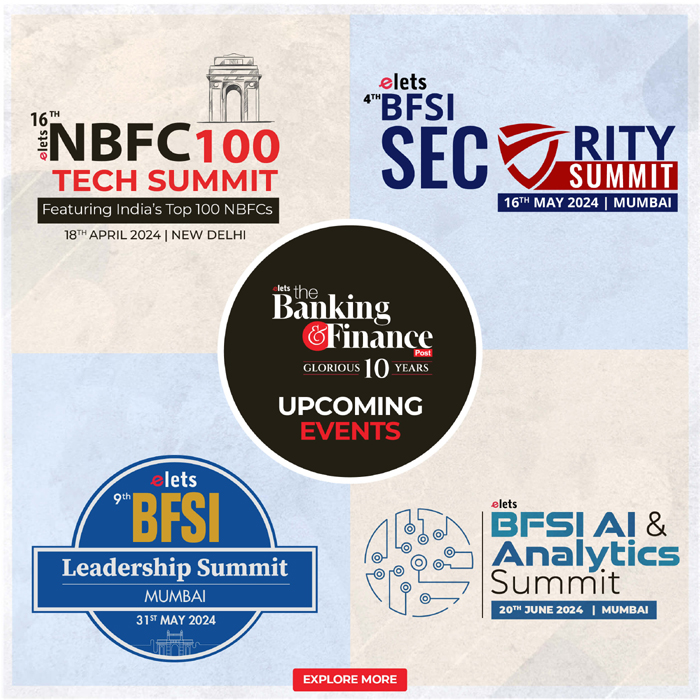For decades, traditional lenders like banks have been authoritative in the lending space in India. Everything that a bank does, lending is the most important and biggest money-spinner for them. But, it’s also an exercise that hasn’t changed since Independence. This refers to the strategic behavior of banks to interact with the market information structure in determining lending standards.
This makes it difficult for small businesses and start-ups to find capital to maintain or ensure liquidity for their business growth. Besides this, banks have a lengthier approval process and usually require collaterals. Banks focus mostly on providing larger ticket loans because of their cost structure allowing them. Therefore, banks have left this disruptive space wide open.
Financial Technology Firms as Emerging Players in the Lending Space
The rapid adoption of technology by all echelons of people is the front-line of a silent revolution in all disruptive spaces, the unorganized lending industry being a well-founded example. Financial technology (FinTech) is massively improving the loan process in exciting ways. From interaction with the lender, to loan processing and disbursal time, it has revolutionized the digital lending industry like never before. Financial technology firms are making footprints in the lending space dominated by banks.
According to a BCG report, India’s digital lending stood at US$ 75 billion in FY18 and is poised to grow with potential market size of US$ 1 trillion by FY23 driven by the five-fold increase in the digital disbursements.
FinTech is restructuring the space left wide open by banks by providing better lending services to consumers. By leveraging innovative operating models typically driven by data and automated systems using technology, New Age FinTech firms ensure better lending services for consumers. They typically have an amalgamation of better UX/UI and customized products. They are tapping the lending space by introducing alternative lending models, such as peer to peer (P2P) lending where individuals can earn money by lending to others. FinTech lenders typically approve and disburse loans within hours.
In contrast, banks’ the digital impetus is obstructed by their legacy banking systems, which are a challenge in them curating FinTech advances rapidly. Traditional banking institutions may feel stalled in their legacy systems and unable to realize the agile approaches and instant indulgence that consumers expect today.
For a short phase, FinTech platforms may prosper on higher costs for bankers. In the road ahead, they will have to come up with a sustainable business model in the face of funding instability. Direct FinTech lenders are lending to the business and start-ups through equity funding, which is unsustainable in the long run.
Challenges to raise funds from the market based on balance sheet strength will crop up. While banks are steadily digitizing their operations, these platforms have to keep innovating. But for the road ahead, both models of lending (banking and FinTech) may co-exist for a few years.
(Views expressed in this article are a personal opinion of Sandeep Verma, Evangelist, Kuliza Technologies)
Elets The Banking and Finance Post Magazine has carved out a niche for itself in the crowded market with exclusive & unique content. Get in-depth insights on trend-setting innovations & transformation in the BFSI sector. Best offers for Print + Digital issues! Subscribe here➔ www.eletsonline.com/subscription/





















